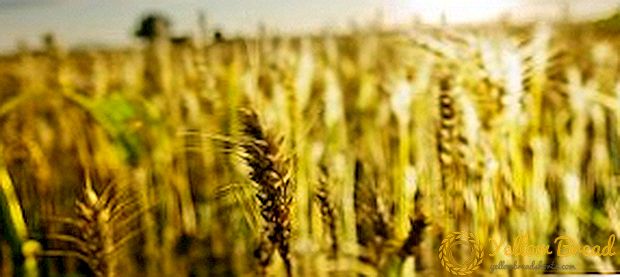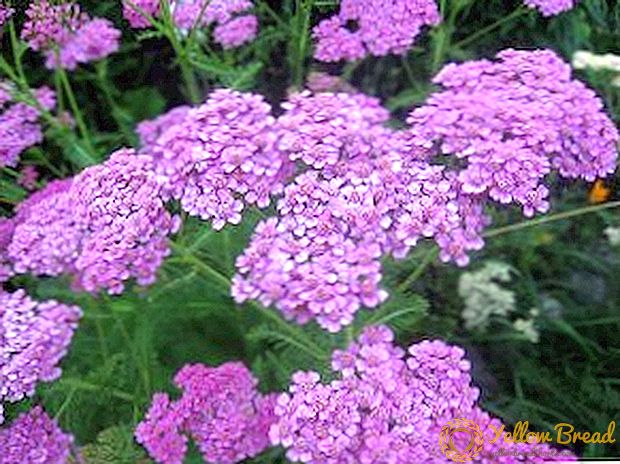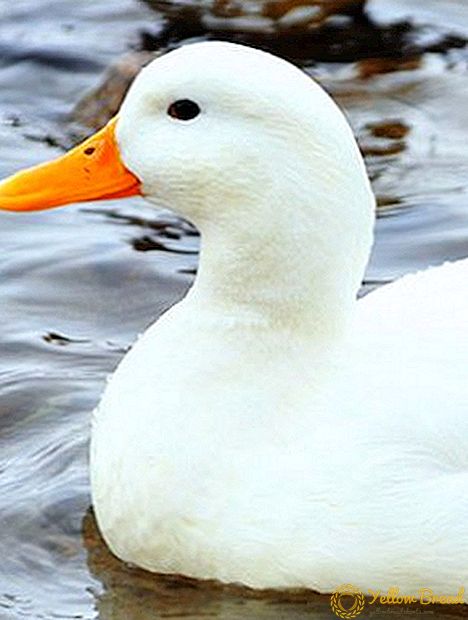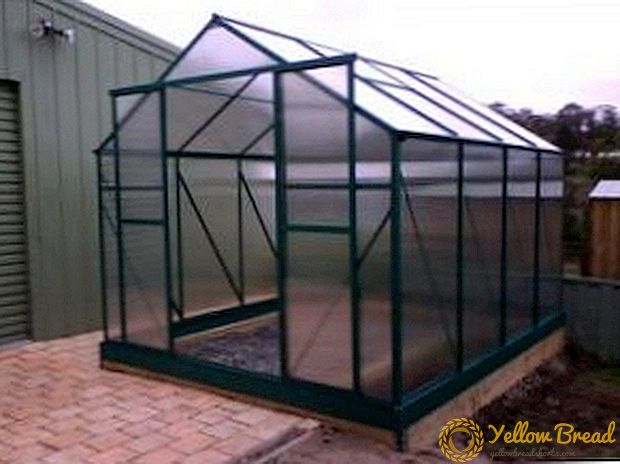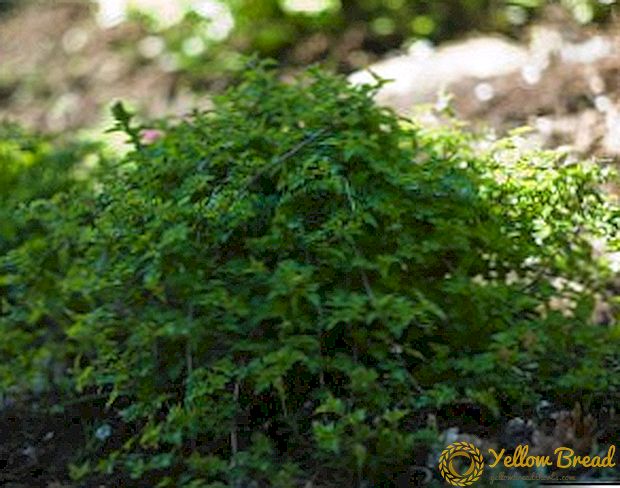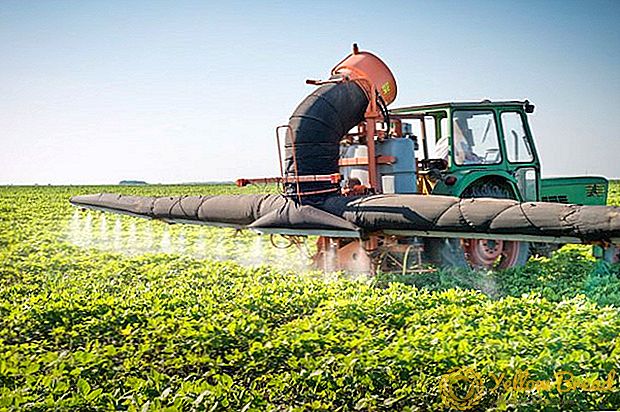 Fungal rust damage is familiar to all gardeners in whose gardens a pear of any kind grows. This disease not only spoils the appearance of the tree, but also damages the plant. Today we will talk about how to distinguish rust on a pear from other diseases, how dangerous it is, and how to treat it.
Fungal rust damage is familiar to all gardeners in whose gardens a pear of any kind grows. This disease not only spoils the appearance of the tree, but also damages the plant. Today we will talk about how to distinguish rust on a pear from other diseases, how dangerous it is, and how to treat it.
- Rust
- What is dangerous disease
- How to deal with pear corrosion
- Mechanical fight
- Treatment with chemicals
- Folk remedies
Rust
It should immediately be said that the juniper is the “mother” plant on which the fungus forms and produces spores. Spores are spread to a great distance, infecting pears (intermediate plant). Juniper peddler can grow in 40-50 km from your garden, and disputes will still fall on the pear.
What is dangerous disease
Various diseases of a pear, one way or another, affect the yield and immunity of a tree, but the “harmless” orange spots on the leaves can not only leave the tree without foliage long before the mass leaf fall, but also lead to death.
Let's start with the fact that the green part of the plant is responsible for photosynthesis, respectively, without leaves the tree will not be able to receive the energy of light and convert it into the energy of chemical bonds. Simply put, the tree will not be able to turn complex substances derived from soil into those that will be absorbed.

Accordingly, the amount of reserves before winter is significantly reduced, which affects both winter hardiness and future yield.
However, such an outcome cannot be called the worst, since in the case of a complete defeat of the entire aerial part by a fungus, the tree will die, not having lived and 3 years.
How to deal with pear corrosion
If you find rust on the leaves of pear, and do not know what to do in this case, then we will discuss the options for treating and preventing an unpleasant fungal disease.
Mechanical fight
Pruning of affected leaves and shoots is relevant at all stages of the development of the fungus, since any infected area will eventually become a source of new controversy.
Inspection and pruning begin to carry out before the blooming of the kidneys. You should not be limited to the removal of secondary shoots, as the fungus spreads rapidly. Therefore, skeletal branches are also subject to pruning. It is necessary to remove 7-12 cm below the affected wood in order to secure healthy tissue.
Do not forget to process cuts with garden pitch, clay, copper sulphate or heteroauxin.
Treatment with chemicals
Pear rust should be treated with chemicals, without which it will not be possible to completely destroy the fungus.
Spraying is most often used. copper based fungicides. Bordeaux liquid 1% is a popular option, but other similar drugs can be used (Kuproksat, Kuproksil, Champion).

Another option is colloidal sulfur 77% or its analogues ("Kumulus DF", "Tiovit Jet"). Common fungicides such as Fundazol, Bayleton, and Topsin will do as well.
The first spraying is prescribed for early spring. To carry it to swelling of the kidneys. Next, hold the second - before flowering. The third treatment is carried out 1.5 weeks after the second. The last spraying is done at the moment when small fruits begin to form. It should be said that any drug must be applied at least 4 times in order to achieve the complete absence of the fungus on the tree.
Folk remedies
Folk remedies don't do well with the diseasehowever, they can be used with the defeat of greenery or with a weak defeat of the shoots. In the case when the fungus parasitizes on most of the tree, to use folk remedies impractical.
Infusion on wood ash. On 10 l of water we take 0.5 kg of ash and insist 48 hours. After this, we perform basal watering of the pear. We spend 10 liters for mature trees, not more than 6 for younger ones.

Spraying with urea solution. At 10 liters of water, we take 0.7 liters of urea, mix thoroughly and spray the entire aboveground part. The treatment is carried out in the autumn, after the foliage is completely dropped. It should be understood that if it is not possible to process the entire tree, partial processing will not give a result.
Also applicable infusions on marigolds and horsetail, which is sprayed aboveground parts.

